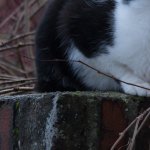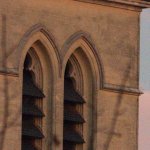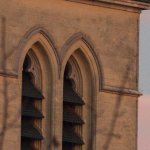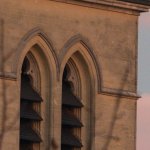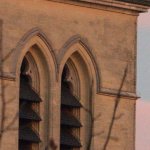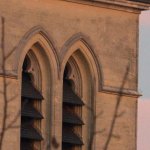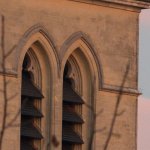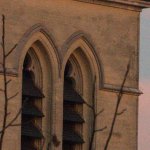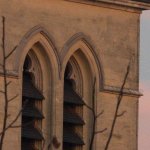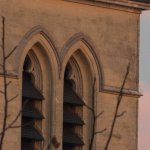Vixen
Senior Member
I get very confused with the autofocus choices so want to know if I am doing it right
With my Tamron 150-600mm (shooting birds) I usually use shutter priority as I want a fastish shutter speed. I set my focus to "focus tracking with lock-on" and then leave it at "normal" when the next menu screen comes up. Is this the setting I should be using? Does this setting then override all other autofocus settings eg AF-S & AF-C? You can tell I have no idea here about this autofocus stuff but I find I cannot work fast enough to even give manual focus a try with birds.
With my Tamron 150-600mm (shooting birds) I usually use shutter priority as I want a fastish shutter speed. I set my focus to "focus tracking with lock-on" and then leave it at "normal" when the next menu screen comes up. Is this the setting I should be using? Does this setting then override all other autofocus settings eg AF-S & AF-C? You can tell I have no idea here about this autofocus stuff but I find I cannot work fast enough to even give manual focus a try with birds.



